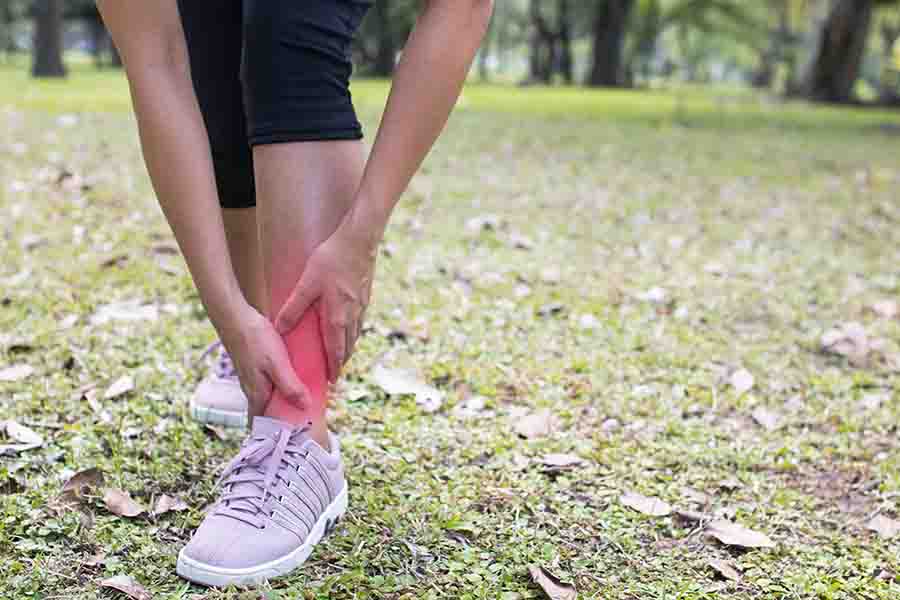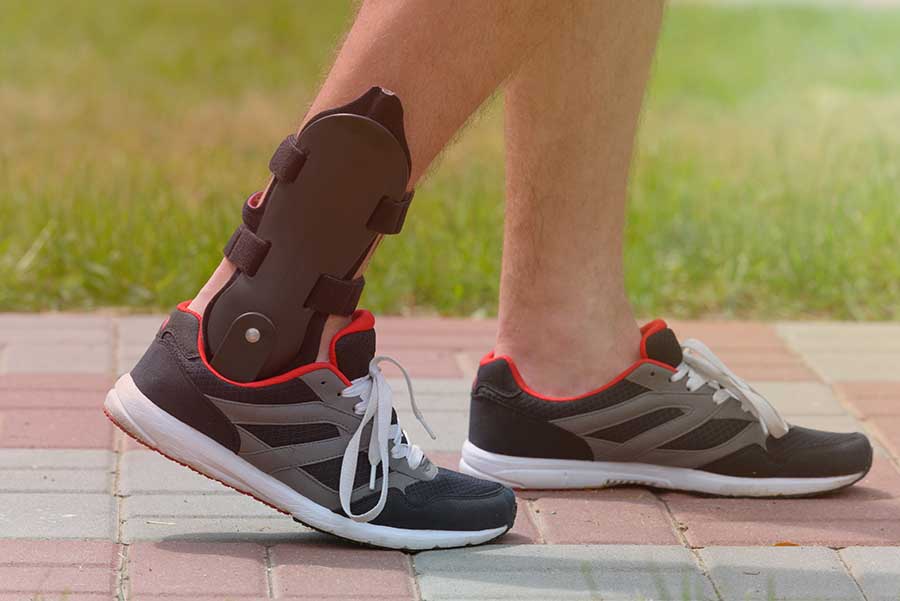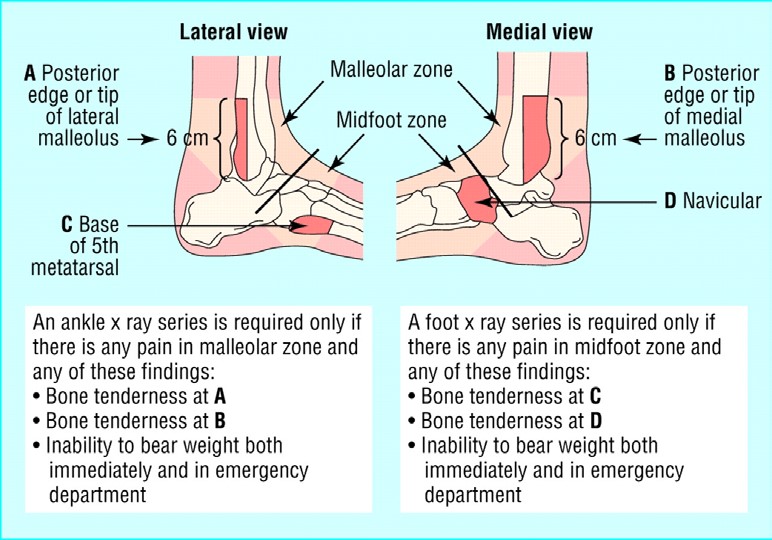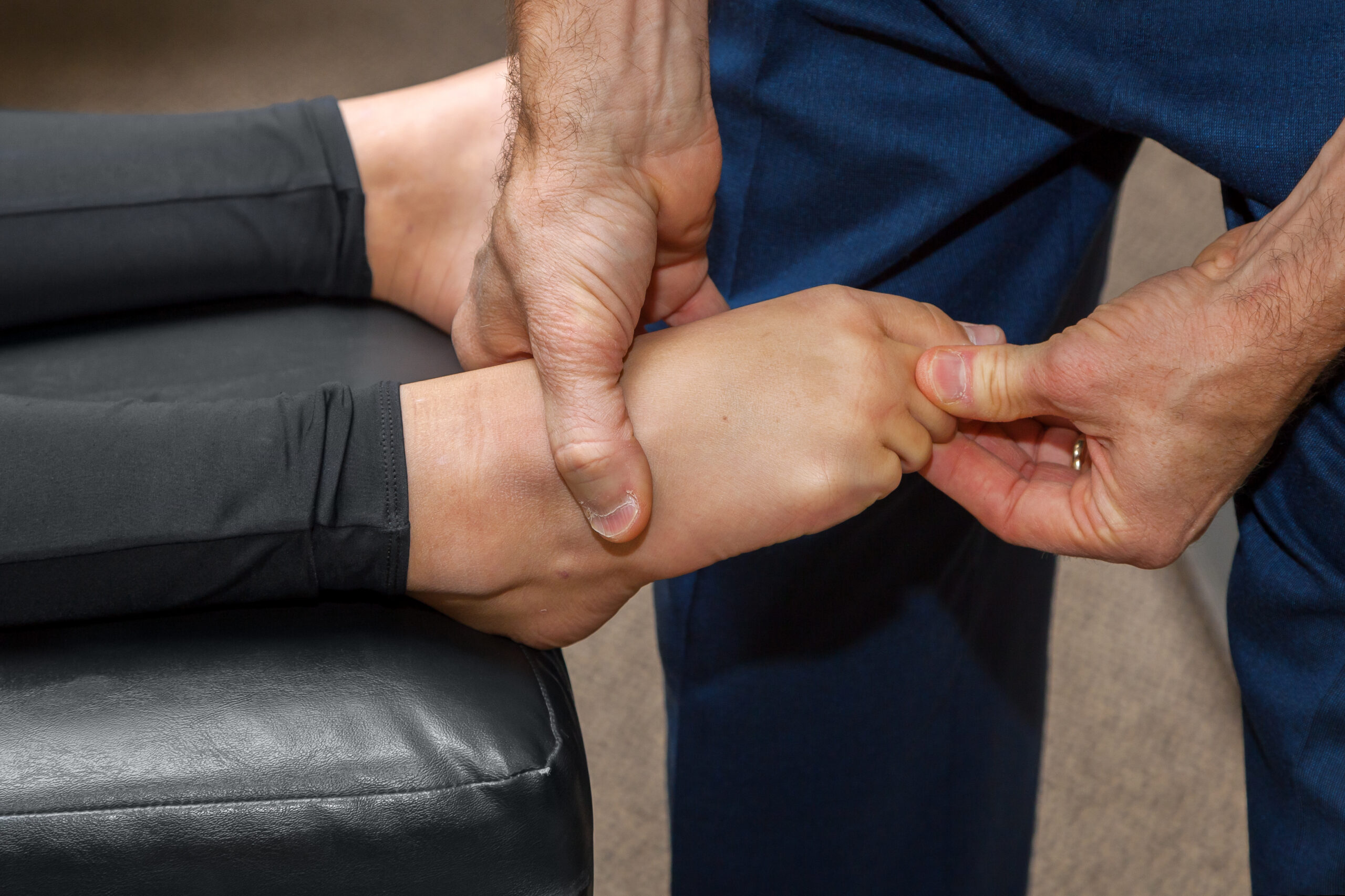Maybe bad luck has touched your ankle, and you’ve sustained an ankle sprain (read more about ankle sprain here). Don’t worry, it is not doomsday, and don’t rush yourself to the emergency department just yet! Generally, when you’ve sustained an ankle injury, it is end of game for you – bummer, but no choice.
DO NOT…
Rub on it
If you get an external injury, you will not be rubbing on your wound, so do not do it for an internal injury! Therefore, rubbing on an acutely injured ligament may not be the wisest thing to do (plus, it will be very painful).
Apply heat pack to the area
Warmth, redness and swelling is part of the normal inflammatory response, and the application of heat is only going to make things worse by increasing the swelling in the area. And not with a warm-boiled egg!
Return to play or walk all day after ankle sprain
No matter how much of a star player you are, you shouldn’t continue playing after an acute injury as you may potentially make things worse or cause an injury to another area! Just because you can manage walking by limping around, it doesn’t mean you should. Rest, get better and come back stronger!

YOU MAY…
Use an ankle brace or tape for support and to protect the ankle sprain
While such adjunct management may be helpful in providing some support and easing off some pain, they should not be worn the entire day as they may restrict mobility. Mobility is key in the management of an ankle sprain.
Take medication to manage the pain
While life is not meant to be painful, it is normal to be in constant pain in an acute injury. There is no need to fight pain in this stage and taking pain medication may be helpful to move around.
DO…
P.R.I.C.E.
- Protect, use a brace as mentioned above
- Rest, sit out of the game and be a spectator
- Ice, the ankle for at least 20mins to numb the pain and manage the swelling
- Compress, wear compressive socks (compression socks are available in pharmacy, called tubigrip) to manage the swelling
- Elevate, the ankle and preferably above the level of your heart. So…sleep with your leg elevated on a pillow until your swelling subsides.

Self Ankle Assessment via the Ottawa Ankle Rules
This is to help clinicians determine if X ray is indicated. It’s simple, just need to apply firm pressure (and not go crazy with the pressing). Feel the areas in red as reflected in the image below and check your ability to put weight through the leg. If you are cleared, great! (No need to spend time and money at the emergency department.
However, if the pain does not subside within the next 48 hours, it is probably a good idea to make the trip and get an Xray done.

Start gentle exercises
It is normal for the body may respond to the acute injury by muscle guarding and pain to limit the use of the ankle joint. Swelling from the acute inflammatory response (which is a part of the normal healing process) may contribute to stiffness around the ankle joint. Therefore, be brave and start moving the ankle gently.
It is also not uncommon to feel a bit stiffer in the morning so move your ankles up and down, or draw circles (both clockwise and anti-clockwise) to reduce the stiffness prior to getting out of bed. While we want the ligaments to scar up, maintaining mobility to minimise stiffness is very crucial in the recovery process. Therefore, it is also important to perform 10 repetition for either of the exercises on an hourly basis throughout the day.
Weight bear as tolerated
While you may need to cut back on the time you spend on your feet, you may put weight through your injured foot to perform all your daily functions. You may actually feel better after walking around a bit. As the pain subsides, walk as normally as you can managed!
Take note!
The above does not constitute medical advice and more for information. Please seek sprained ankle treatment from our physiotherapist if you are not sure if they are suitable for your injury.

The pain in a minor ankle sprain should subside within a week or so. However, no pain doesn’t mean you’ve fully recovered and able to do all the usual physical activities. Fortunately, not every ligamentous injury requires surgical intervention and this is usually so for the ankle.
Since the passive stability in the ankle is compromised due to the injury, our active stabilisers will have to work harder and get stronger to cope with our daily and sporting demands. This is where physiotherapy is essential in mitigating risks for future injuries.
A Singapore physio will design an individualised exercise programme that incorporates mobility, strength of all components (pure strength, endurance and power), muscle extensibility, coordination, agility and control – because everyone moves differently. Neuromuscular training is the way to go for the ankle sprains – training the awareness of your body in space and the ability to react to varied conditions.
While google may have the information, physiotherapists are equipped with medical knowledge and expertise in exercise to check on your recovery, progress the exercises and guide you towards better performance after your injury. We are movement specialists who are not going to treat you for a just an ankle injury but also look at your movement patterns and help you to work on other areas that would help to mitigate the risk of future injuries so that you will be more confident with the capabilities of your body and enjoy your activities at the next level.


